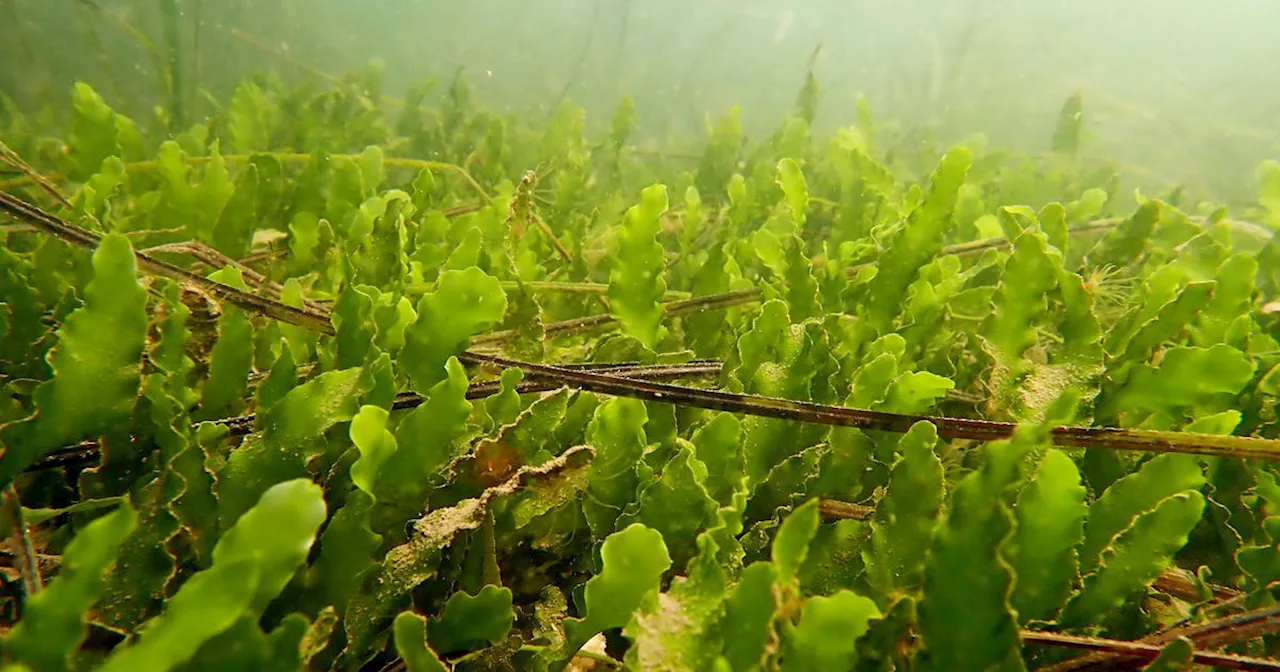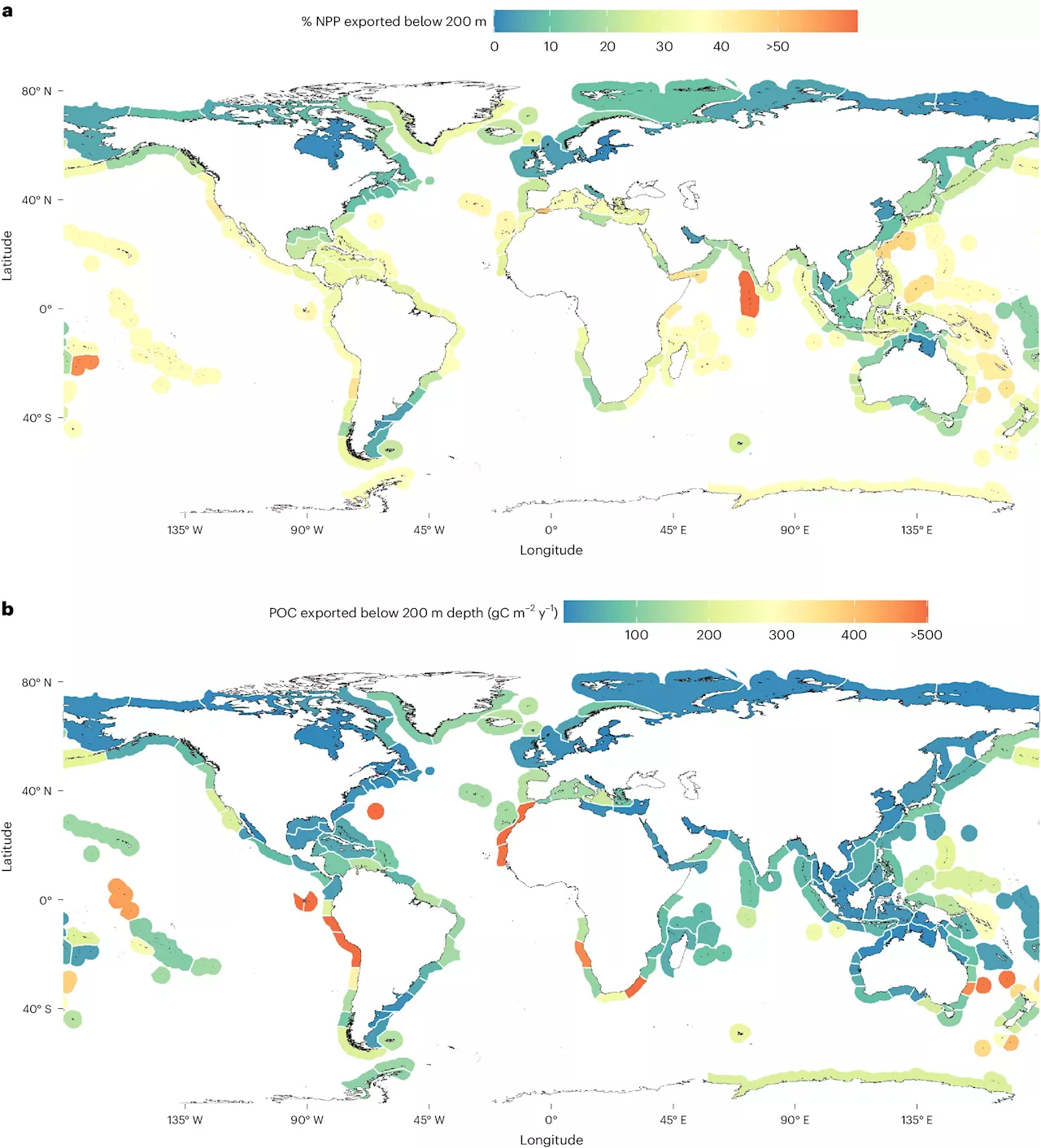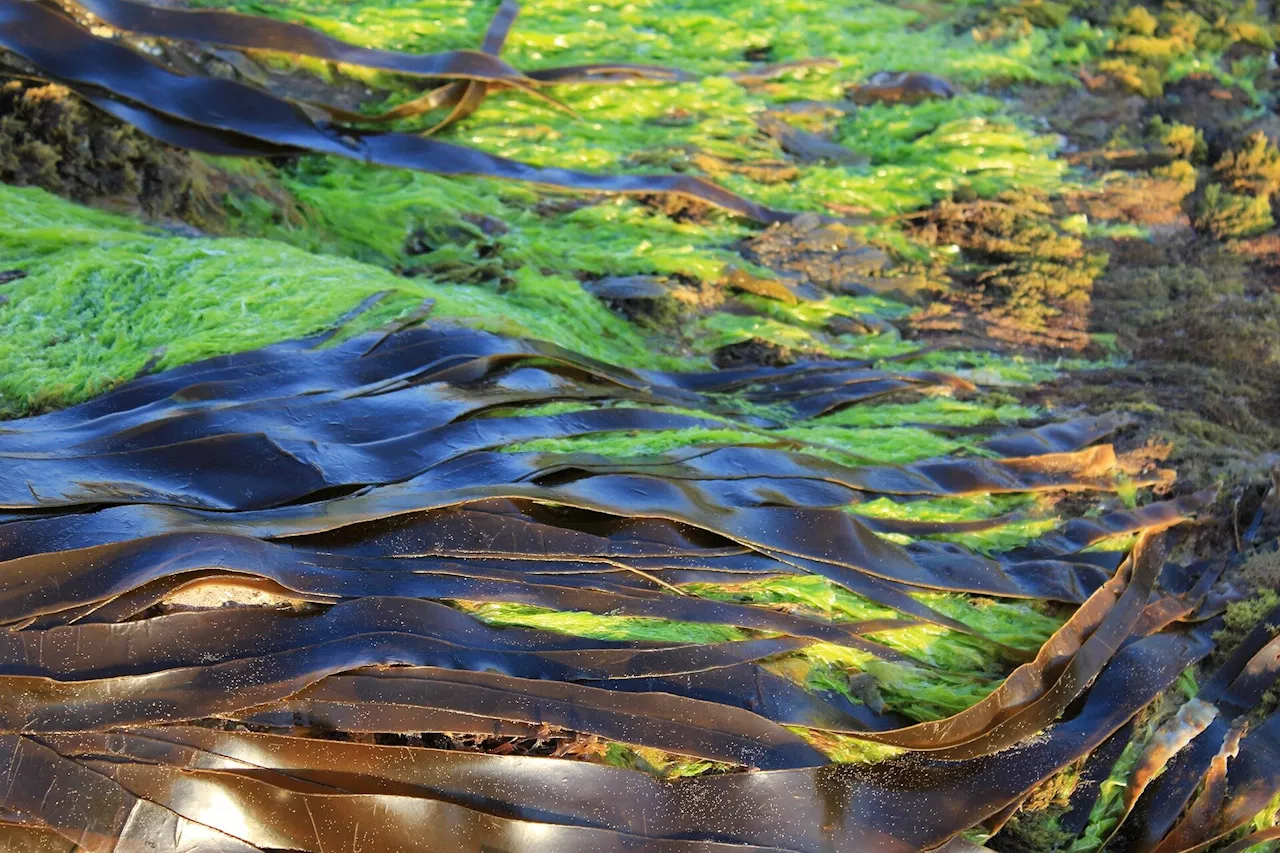Massive blobs of sargassum seaweed are taking over Caribbean beaches. The seaweed explosion is fueled by pollution washing into the ocean from rivers in the Americas and Africa
The Caribbean’s sandy beaches, clear turquoise water and vibrant coral reefs filled with an amazing variety of sea creatures have long been the pride of the islands.. By purchasing a subscription you are helping to ensure the future of impactful stories about the discoveries and ideas shaping our world today., particularly in the Caribbean. The sargassum invasion has worsened since it exploded in the region in 2011. Forecasts and the seaweed already washing up suggest that 2024 will be.
Without human interference, and under normal conditions, sargassum is a good thing. It has existed in the Caribbean for centuries, providing habitat and food for ocean wildlife, including threatened and endangered species such as the, vast mats of sargassum seaweed have been washing up on Caribbean islands. On shore, they pile up into a dead and stinky mass.phosphates and nitrates down river systems.
The massive influx of sargassum has also disrupted fishing operations. Fishers find themselves struggling to maintain their livelihoods as sargassum isdegrade, releasing hydrogen sulphide and ammoniaexperienced by people living within close proximity to sargassum are headache, dizziness, abdominal pain, cough, rashes, eye disorders and effects on mood.
United States Latest News, United States Headlines
Similar News:You can also read news stories similar to this one that we have collected from other news sources.
 Port of San Diego declares emergency after more invasive seaweed found in bayThe algae species Caulerpa prolifera can choke out native seaweeds and put marine life at risk.
Port of San Diego declares emergency after more invasive seaweed found in bayThe algae species Caulerpa prolifera can choke out native seaweeds and put marine life at risk.
Read more »
 Invasive seaweed causing Port of San Diego emergencyAva Kershner is a Multimedia Journalist and Producer at ABC 10News.
Invasive seaweed causing Port of San Diego emergencyAva Kershner is a Multimedia Journalist and Producer at ABC 10News.
Read more »
 Seaweed forests are an overlooked component of oceanic carbon storage, study findsA new study by an international team of researchers has revealed seaweed forests are significant contributors to ocean carbon storage.
Seaweed forests are an overlooked component of oceanic carbon storage, study findsA new study by an international team of researchers has revealed seaweed forests are significant contributors to ocean carbon storage.
Read more »
 Secrets of sargassum: Scientists advance knowledge of seaweed causing chaos in the Caribbean and West AfricaResearchers have been working to track and study floating sargassum, a prolific seaweed swamping Caribbean and West African shorelines, and causing environmental and economic harm. The study, 'Changes in holopelagic Sargassum spp. biomass composition across an unusual year,' is published in PNAS.
Secrets of sargassum: Scientists advance knowledge of seaweed causing chaos in the Caribbean and West AfricaResearchers have been working to track and study floating sargassum, a prolific seaweed swamping Caribbean and West African shorelines, and causing environmental and economic harm. The study, 'Changes in holopelagic Sargassum spp. biomass composition across an unusual year,' is published in PNAS.
Read more »
 Buried kelp: Seaweed carried to the deep sea stores more carbon than we thoughtDeep in the ocean lies the world's largest active carbon reservoir, which plays a pivotal role in buffering our planet's climate. Of the roughly 10 billion metric tons of carbon dioxide we emit each year, about 3 billion metric tons are taken up and stored in the oceans—and largely by plants.
Buried kelp: Seaweed carried to the deep sea stores more carbon than we thoughtDeep in the ocean lies the world's largest active carbon reservoir, which plays a pivotal role in buffering our planet's climate. Of the roughly 10 billion metric tons of carbon dioxide we emit each year, about 3 billion metric tons are taken up and stored in the oceans—and largely by plants.
Read more »
 Secrets of sargassum: Scientists advance knowledge of seaweed causing chaos in the Caribbean and West AfricaA research team tracked and studied floating sargassum in order to unlock its potential to be used to produce sustainable products.
Secrets of sargassum: Scientists advance knowledge of seaweed causing chaos in the Caribbean and West AfricaA research team tracked and studied floating sargassum in order to unlock its potential to be used to produce sustainable products.
Read more »
